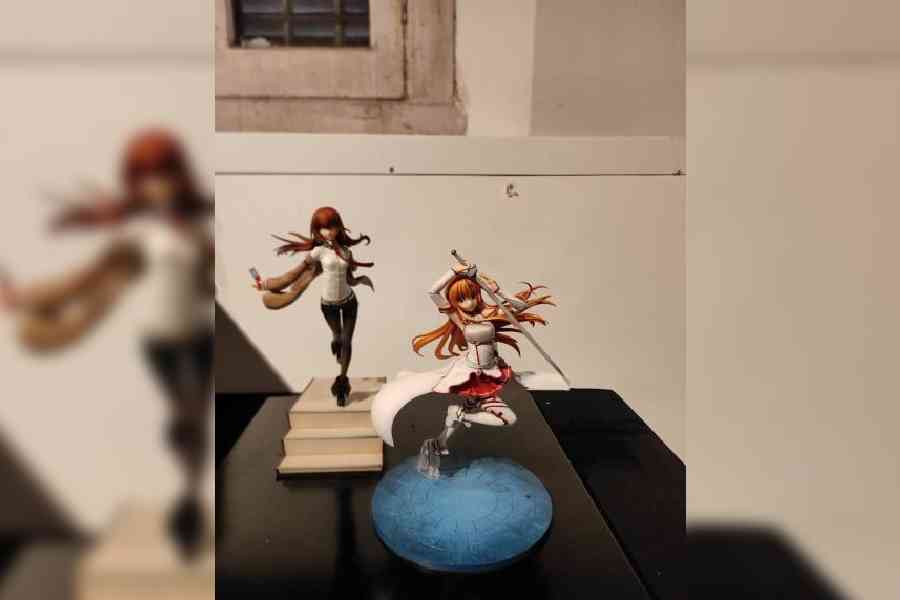Exquisite craftsmanship and intricate details of Japanese dolls are on display at the Indian Museum in an exhibition titled Ningyuo: Art and beauty of Japanese dolls.
The Japanese word Ningyo means human shape. The exhibition explores the Japanese doll and its culture, nurtured by Japan’s history and folklore.
The exhibition was inaugurated on December 7 in collaboration with the Consulate General of Japan in Calcutta and the Japan Foundation. It will remain open till December 22.
Inaugurating the exhibition, the consul general of Japan in Calcutta, Nakagawa Koichi, said: “The fact that dolls are an indispensable part of our daily lives is not limited to Japan; the diversity of dolls and their delicate craftsmanship, backed by a deep love of dolls, could be said to be the characteristics of Japanese doll culture.”
The exhibition presents a comprehensive introduction to Japanese doll culture from Katashiro and Amagatsu, which are considered to be the archetypes of dolls in Japan to local dolls that reflect the climate and anecdotes from across the country, to dress-up dolls that are beloved in Japan today as doll toys and scale figures that are highly appreciated worldwide to anime and Manga dolls.
The director of the Indian Museum Arijit Dutta Chowdhury said: “This is a unique exhibition where the detailed craftsmanship of Japanese dolls is on display.”
The exhibition looks at doll culture in Japan from four perspectives. As early as the 7th century, simple dolls were made from wooden planks and would protect their owners from misfortune. Amagatsu and Hoko are dolls designed to protect babies from misfortune.
The Japanese imperial court loved dolls of especially refined craftsmanship. The Gosho Ningyo, fashioned as plump baby boys, were used as gifts during celebrations.
Even the common people loved dolls, they were made of inexpensive materials. The folk dolls were colourful and fun and they were produced as side occupations during a break from farm work and provided sustenance to the farmers.
Mihari Ningyo and Takasaki Daruma are folk dolls made by layering paper and then painting them. Dolls in Japan are also used in performing arts. Joruri Ningyo are large dolls used for puppet theatre.











